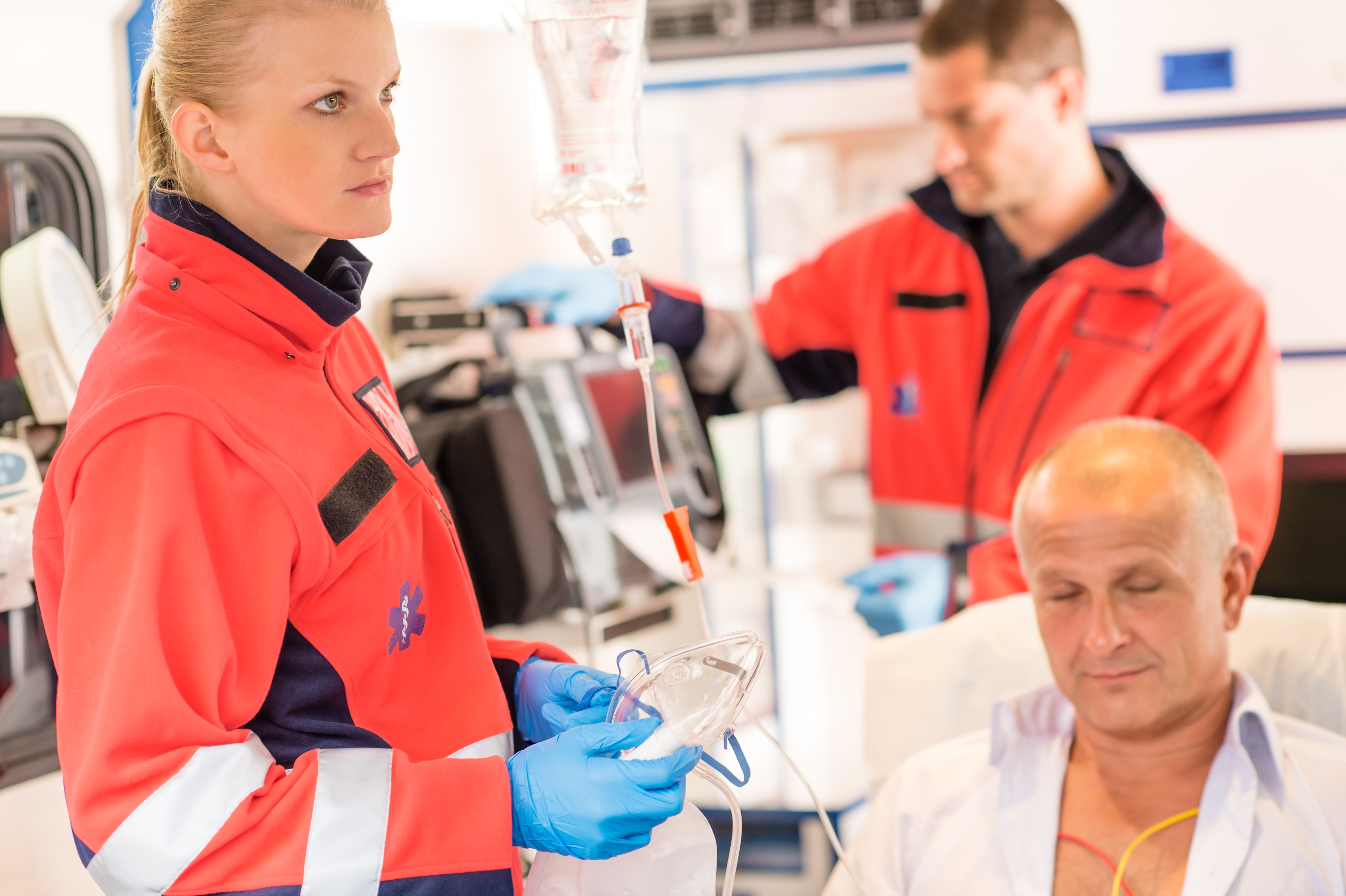The Airway Module is presented as part of the traditional one (1) term emergency medical technician (EMT) course. This is the third of several modules that are included in the EMT certificate program. In this presentation the airway module is recommended to be completed over a one (1) week period with additional time reserved for practical skills verification testing in a lab setting.
The following chapters will be covered within the Airway Module for Emergency Medical Technician. Students should note that this is a blended online program. All facets of the lecture, review activities, knowledge checks, and in some cases, practical skills which are filmed and uploaded into the system, are completed there and graded. All online requirements must be completed before students may attend the lab sessions.

Learn the basics of management for patients with a compromised airway. EMTs will be trained in the use of basic and advanced airway techniques and devices as well as oxygen administration.
This course highlights the basic knowledge and skills necessary for individuals who wish to obtain state or national certification as an Emergency Medical Technician and adheres to the 2009 National EMS Education Standards which are based on the National EMS Core Content and the National EMS Scope of Practice that define the minimal entry-level educational competencies for each level of EMS training and has replaced the DOT National Standards curricula used in the past.
The airway module familiarizes the emergency medical technician candidate with the basics of airway management for patients in respiratory distress and non patent airways. Students will be instructed in the use of basic airway devices as well as blind insertion devices. Students will further be instructed in the basics of oxygen administration and how to assist with certain patient medications.